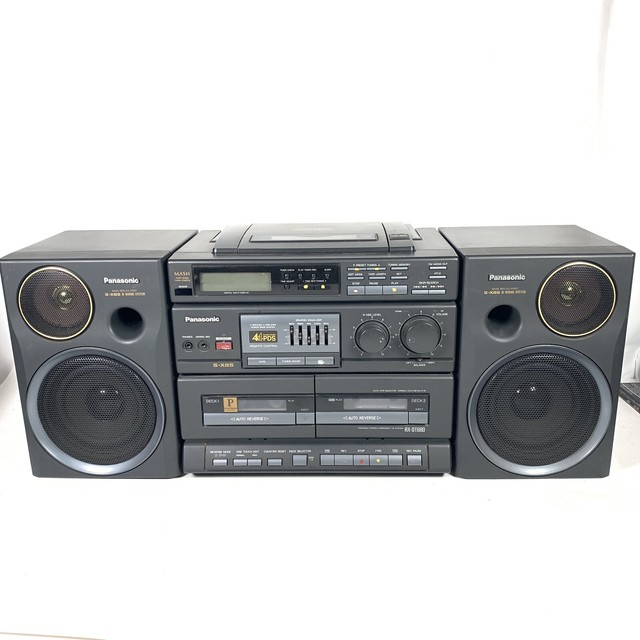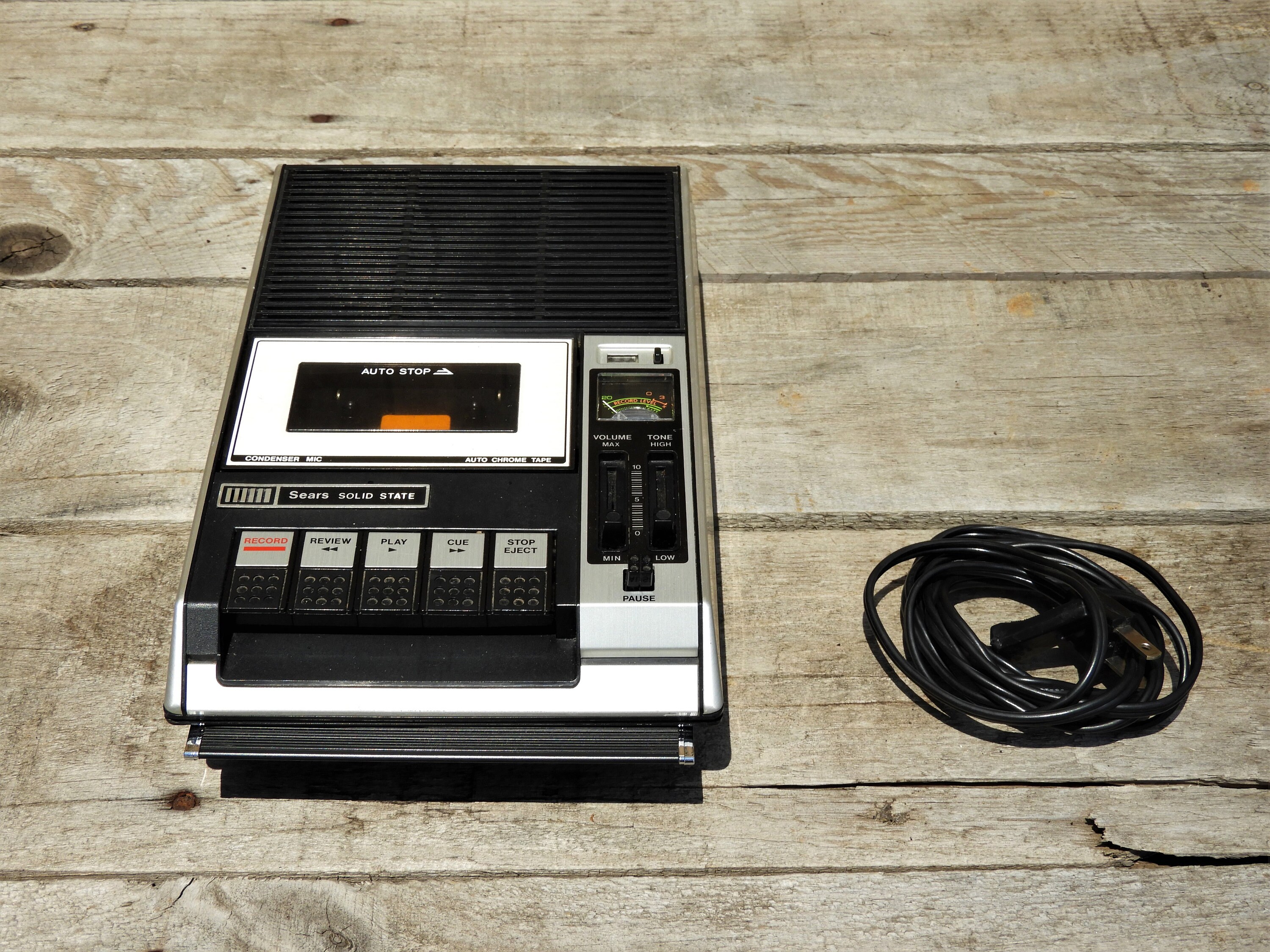

Some models could also play and record at 1.875 IPS, doubling playing time with a significant reduction in sound quality. The RCA tape cartridge format offered four discrete audio tracks that provided a typical playtime of 30 minutes per side of stereo sound, or double that for monophonic sound. Such consumer reel-to-reel machines were capable of superior audio performance, but only at the faster speed. This was half of the top speed of consumer reel-to-reel music recorders, which usually offered both 3.75 IPS and 7.5 IPS speeds. The cartridge played at a standard speed of 3.75 IPS. An auto reverse mechanism in some models allowed the tape to run continuously.

Similar to the Compact Cassette, cartridges were reversible and either side could be played.

Size comparison of RCA tape cartridge (right) with the more common Compact Cassette Because of its convenience, the RCA tape cartridge system did see some success in schools, particularly in student language learning labs. The same design concept would later be used in the more successful Compact Cassette which was invented by Philips in 1962. The user was not required to handle unruly tape ends and thread the tape through the machine before use, making the medium of magnetic tape more friendly to casual users. The main advantage of the RCA tape cartridge over reel-to-reel machines was convenience. This timing coincided with the launch of the stereophonic phonograph record. It was introduced in 1958, following four years of development. The RCA tape cartridge (also known as the Magazine Loading Cartridge and Sound Tape) was a magnetic tape format designed to offer stereo quarter-inch reel-to-reel tape recording quality in a convenient format for the consumer market.


 0 kommentar(er)
0 kommentar(er)
